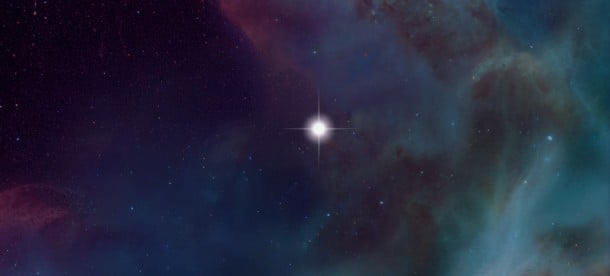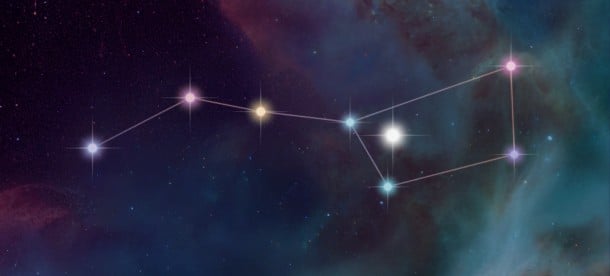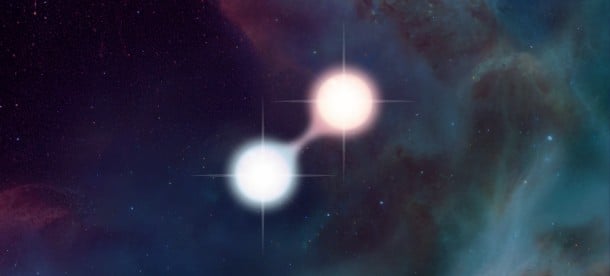What is a meteor shower?

The Universe is truly an incredible place. It always amazes us - starting from the northern lights, to breathtaking starry skies. All these phenomena are very complicated, but even when you don't understand something, it still can amaze you.
One of the most magical moments in the night sky is meteor showers. The meteor shower has nothing to do with stars as we most often assume. These so-called "falling stars" are in fact pieces of rock or dust that hit Earth's atmosphere. When a comet travels closer to the Sun, it starts to heat up and vaporizes in the air.
When a lot of space debris passes the atmosphere, we can experience so-called "meteor showers". These showers have a lot of different names that mostly depend on their occurring location. For example, the Perseids appear to hail in the constellation Perseus, hence the associated name. Perseids are the most radiant meteor showers, they peak in August when you can see the most significant number of meteors per hour.
Most amazing meteor showers
Many annual meteor showers happen around the same time. Astronomy enthusiasts and stargazers gather to watch this spectacular show. Some other unusual and popular meteor showers that occur annually are:
-
Leonid Meteor Shower is happening 6 Nov - 30 Nov in the Leo constellation,>
-
Lyrids occur 16 Apr - 25 Apr in Lyra constellation,
-
Draconids on 6 Oct - 10 Oct in Draco,
-
Orionids on 2 Oct - 7 Nov (Orion),
Geminids on 4 Dec -17 Dec (Gemini) and many others.
History of meteor showers
One of the first ancient records of meteor showers can be traced back to ancient Egyptians. It is now proven that some tools that they used had iron from real meteors in it. And Egyptians themselves knew this origin and praised magical powers in these tools. It is no surprise that our ancestors believed that anything fallen from the sky is extraordinary and can have special forces.
If we aren't looking that far into history, that one of the most significant contributors in science regarding meteor showers is Edmond Halley. He was the first scientist to overcome Aristotelean views of meteors, introducing their physical nature, height, and approximate velocity. He brought accurate calculations to all the unknown factors of the meteors, letting the humankind understand their origin more deeply.
What is the right way to observe the meteor shower?
You should always check the annual meteor shower calendar before going sightseeing. Always make sure that you are observing the sky in the peak of the particular meteor shower, that way you will get the most out of this great happening. To see meteors well, you need to find the darkest sky site, where you also see a clear view of the stars. The more significant number of meteors we can see after midnight, so be prepared to stay awake for some time. Of course, you need to be dressed warmly and comfortable. Also, additional attributes like chairs and blankets might help to relax and enjoy the meteor shower.
You don't need a telescope to appreciate the beauty of our galaxy. Just lying down on the ground in your backyard can be a perfect spot to enjoy meteor showers like any other. Just plan ahead and look up with admiration for amazing streaks of light.
Choose your package
-
Lifetime Entry in Star Catalog
-
Guaranteed visible from your location
-
Star Finder app access


-
Free & express shipping available
-
PDF Emailed in Seconds
-
Everything from a Standard Star package
-
Choose a Star Constellation
-
Easier to find in the Sky




-
Free & express shipping available
-
PDF Emailed in Seconds
-
Everything from a Standard Star package
-
Name Two Stars together
-
Extra bright and Unique 2-Star Pair






-
Free & express shipping available
-
PDF Emailed in Seconds



